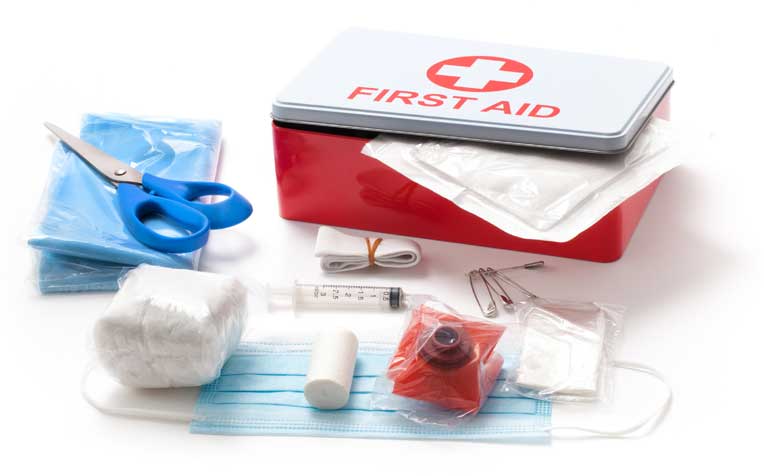HealthXchange will NEVER ask you to transfer money over a call. If in doubt, call the 24/7 ScamShield helpline at 1799, or visit the ScamShield website at www.scamshield.gov.sg.
Home Emergency Kit: What Every Home Should Have

Having a well-stocked first aid kit at home allows you to respond to minor injuries instantly.
A home emergency kit can help you to respond and treat minor injuries such as cuts and grazes quickly and with ease.
Accidents do happen in every home – from minor cuts and grazes that children are prone to, to more serious burns and falls. Having a well-stocked first aid or home emergency kit means you can respond quickly and treat these minor injuries.
“The mental preparedness that comes with stocking up your own home emergency kit puts you in a better position to deal with unexpected minor injuries at home,” says Dr R Ponampalam, Senior Consultant, Department of Emergency Medicine, Singapore General Hospital (SGH), a member of the SingHealth group.
For a minor cut or graze, where the injury is only on the skin’s surface, a home emergency kit does come in handy.
Clean up the wound under running water and apply an antibiotic or antiseptic cream to protect the wound from infection. Finally, dress up the wound with a first aid plaster (preferably, waterproof) or cover the wound with a bandage. To stop the bleeding from a minor cut, apply direct pressure on the wound using a sterile dressing.
Sounds simple? Yes, but only if you are prepared with a home emergency kit.
The antibiotic or antiseptic cream, first aid plasters and bandages are all essentials in a home emergency kit since, when accidents happen, you don’t have time to rush to the nearest pharmacy to buy these items.
10 things you need to have in your home emergency kit
You can buy a ready first-aid emergency kit from the pharmacy, or create your own basic home emergency kit with this list of essential items recommended by the Singapore First Aid Training Centre.
- Scissors
- Saline wash
- Plasters
- Gauze and pads
- Triangular bandages
- Crepe bandages
- Bandage tape
- Gloves
- CPR face shield or pocket mask
- Medication (e.g. paracetamol, charcoal tablets, lozenges). Be sure to use this medication only for family members due to the risk of allergies or contraindications.
When to seek emergency medical treatment?
While some minor cuts, burns and injuries can be treated with supplies from a home emergency kit, medical help must be sought immediately for serious cuts and burns.
“First-degree burns only affect the skin surface and can be treated at home. When blisters form on the burnt area and the skin looks intensely red or blotchy, or when there is severe pain and swelling, or a large surface area is involved, seek emergency medical care,” says Dr Ponampalam.
Wounds that become infected and start oozing pus, or wounds that refuse to heal, also require immediate medical attention. Pain that becomes progressively worse could indicate a more serious problem.
It is also advisable to treat deep cuts, severe burns, head injuries, high fever, eye injuries, and severe, unabated vomiting and diarrhoea as medical emergencies. This list is not exhaustive; you should always consult your doctor if you are not sure.
Be sure to re-stock the first aid items in your home emergency kit after use, and place the kit in an easily accessible place like the kitchen.
Ref: T12
Related Articles
Public Events
Get the Health Buddy App
© 2025 SingHealth Group. All Rights Reserved.

















 Get it on Google Play
Get it on Google Play